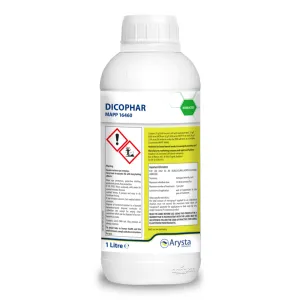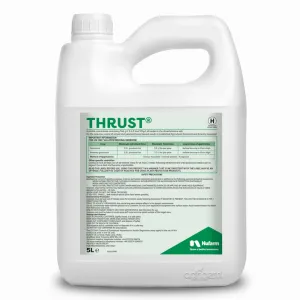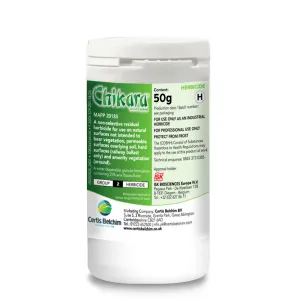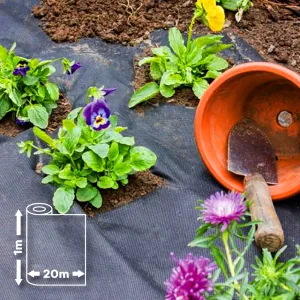Weed type
The first key to stopping weeds coming back is to control them at the right time. Understanding the type of weeds you have in your garden can help you decide on the best strategy for eliminating them.
Just like your garden plants, there are three basic weed groups: annual, biennial and perennial.
Annual weeds
Annual weeds are by far the easiest to control before they set seed. Treating them when they are young growing plants is the best way to ensure they don’t return.
If you leave treatment until after they’ve flowered and set seed, they will come back. You’ll see more seedlings pop up close by, so get on top of weed control when these weed plants are young and before they have flowered.
Common annual weeds include scarlet pimpernel, common chickweed, doves-foot cranesbill and meadow grass.
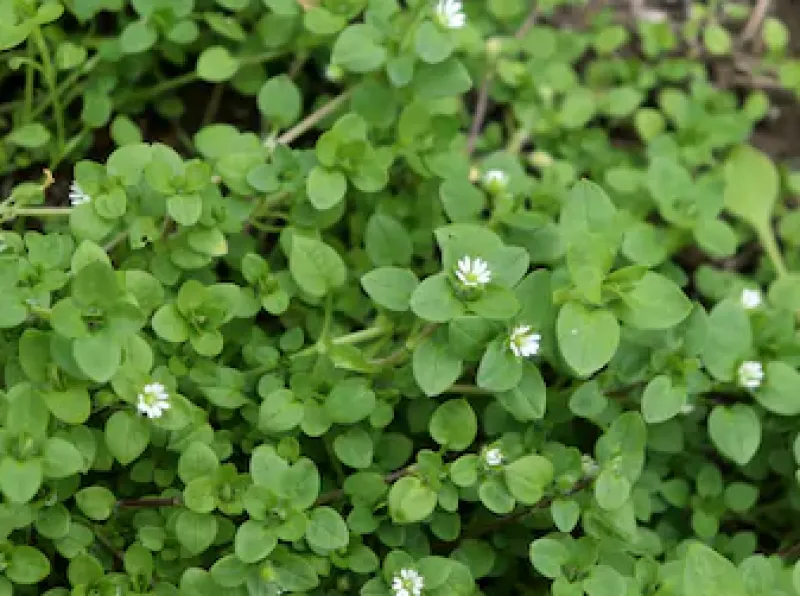
The common annual weed - chickweed
Biennial weeds
Biennial weeds complete their growth cycle in a two-year period, normally putting on growth in the first year and then flowering in the second. Common biennial weeds include ragwort, wavy bittercress and most thistles.
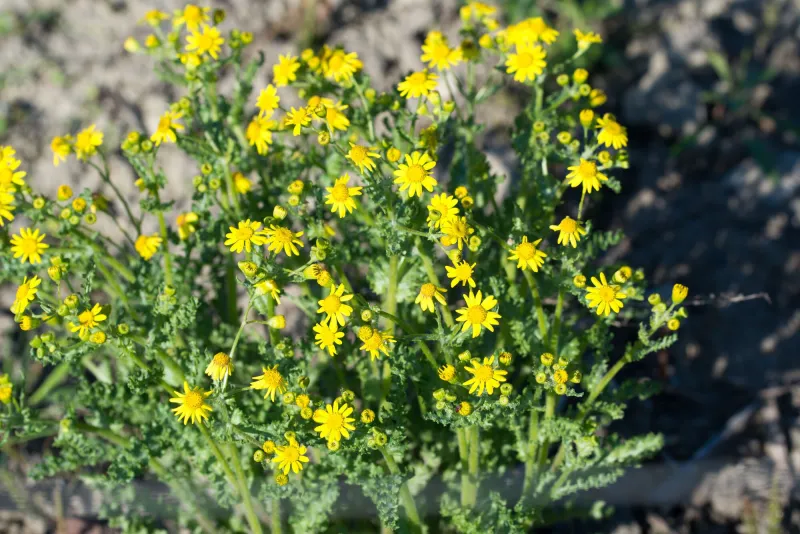
Ragwort is a tricky weed to eliminate
As with annual weed control, the best time to treat biennial weeds is when they are actively growing and before they’ve flowered and set seed.
If weeds are in your lawn, use a grass-safe weedkiller like Dicophar to tackle annual and biennial weeds.
If they are coming through on hard surfaces, you can use a total weedkiller like Gallup Biograde.
Perennial weeds
The most common group of weeds are perennial weeds. These include daisy, white clover, dandelion, creeping buttercup, yarrow, selfheal, cats ear, plantain, bindweed and ground elder.
These types of weeds are notoriously the most difficult to eliminate because many can spread without relying on setting seed.
Creeping buttercup for example sends lateral runners out which go on to produce roots and shoots and then grow into more plants.
You may need a more specialist weedkiller for some perennial weeds, depending on the type. Thrust is highly effective at treating buttercup and ragwort.
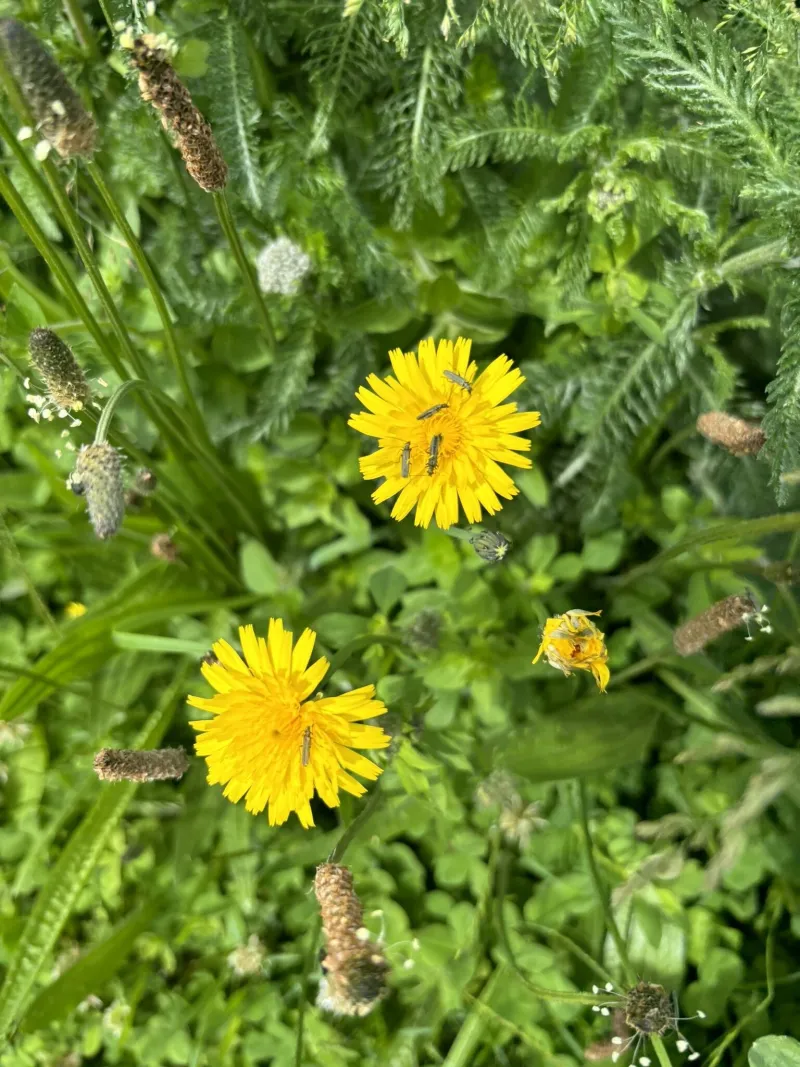
Cats ear and plantain are common perennial weeds
Control methods
Using the wrong removal method or product can cause weeds to keep coming back.
Although pulling weeds out by hand can be extremely effective, it can also be problematic if the whole weed is not removed. Use hand weeding techniques:
• where you only have a few weeds to control,
• when you are confident you can pull the root system up, or
• when you are hoeing small weeds in soft earth.
The risk comes when not all of the weed is removed. This is because many weeds will regrow if you leave any of the plant material behind in the earth.
For example, pulling creeping weeds like buttercup without removing the entire system of roots and runners simply removes the visible part of the plant. The hidden root system is likely to regrow if left in the earth.
Similarly with hoeing, a weed can appear to be successfully removed, when in reality, parts of the roots remain deeper underground and can regrow.
Weeds that are manually removed when they are in flower or have already produced seeds can drop seeds as they are pulled - which can then go on to grow in the same spot.
You may have used a weedkiller that wasn’t effective on the weeds in question – either because it wasn’t powerful enough or because it wasn’t the correct formulation for the weed type.
Agrigem stocks products that are likely to be more effective than those found in high street stores. Products like Chikara for example, control most annual and perennial weeds for up to five months.
Using a weed control membrane to suppress weed growth around plants in borders is another way to prevent weeds from coming back.
If you’re in doubt, get in touch with our technical team who can recommend the best product for you. Alternatively, check out our problem guides for individual weed types and appropriate treatment options.
Gardening activity
Even with the best intentions and the utmost care, you can still inadvertently cause weeds to come back because of the way you garden.
Some of the most common gardening activities that can cause weeds to come back are:
• digging,
• the use of contaminated topsoil, compost, or mulch, and
• the cross contaminating or transfer of weed seeds on gloves, shoes, and tools.
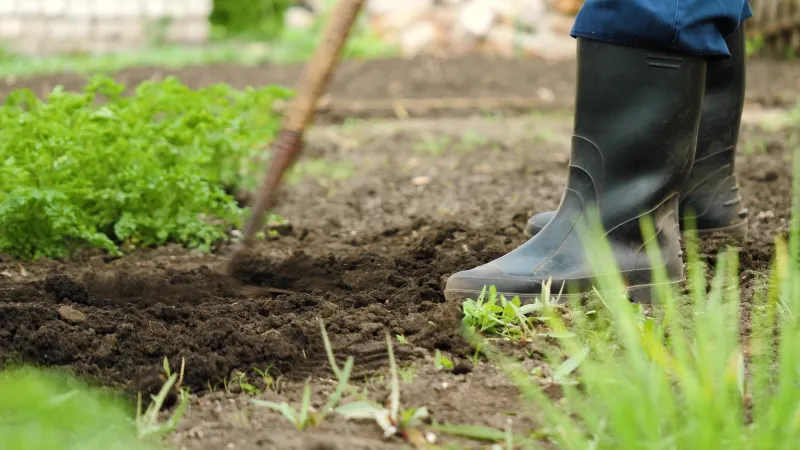
Digging can disturb the soil bringing weed seeds to the surface
If you’re digging, you might unknowingly bring buried weed seeds to the surface that can go on to cause another cycle of weed growth.
Scrape off hoes, forks, trowels and spades into the compost once you’ve finished working in a specific area.
Take care to check your boots and gloves before moving away from a period of weeding; this will prevent weed seeds being spread around the garden.
When you buy compost, mulch or topsoil, make sure you are buying a reputable brand name. If you’re making your own compost, you can help reduce the viability of weed seeds by checking the temperature of the compost using a compost thermometer - the hotter it gets, the more weed seeds will naturally die off.
Other techniques include:
• solarisation (spreading your compost under a plastic sheet to kill the seeds before using the compost in the garden), and
• reducing the availability of light by covering composted material with more soil or mulch.
What you can’t control
Weed seeds can land in your garden during windy weather, they can be spread by birds and small animals like squirrels, and bird seed can be kicked out of your bird feeders by overly enthusiastic feathered feeders!

A common cause of weed growth, courtesy of our feathered friends!
Removing bird feeders or using ‘no grow’ bird food will help minimise weed growth from feeders, but there is little you can do about the weather or seed distribution from birds in flight or small animals.
By far the best way to stop weeds from coming back is to maintain vigilance, introduce good gardening hygiene measures, and have a plan to tackle weeds with the right product or elimination strategy.
If you are seeing weeds coming back in your lawn, it pays to keep your grass slightly longer when seeds might be in the air. This will help prevent them from getting to ground level, finding the soil and germinating.
Keeping your grass as healthy and strong as possible will also give it the means to fight off weeds like clover. A good lawn fertiliser will help ensure you give your lawn the best chance of putting on healthy growth and defending itself from weed growth.




